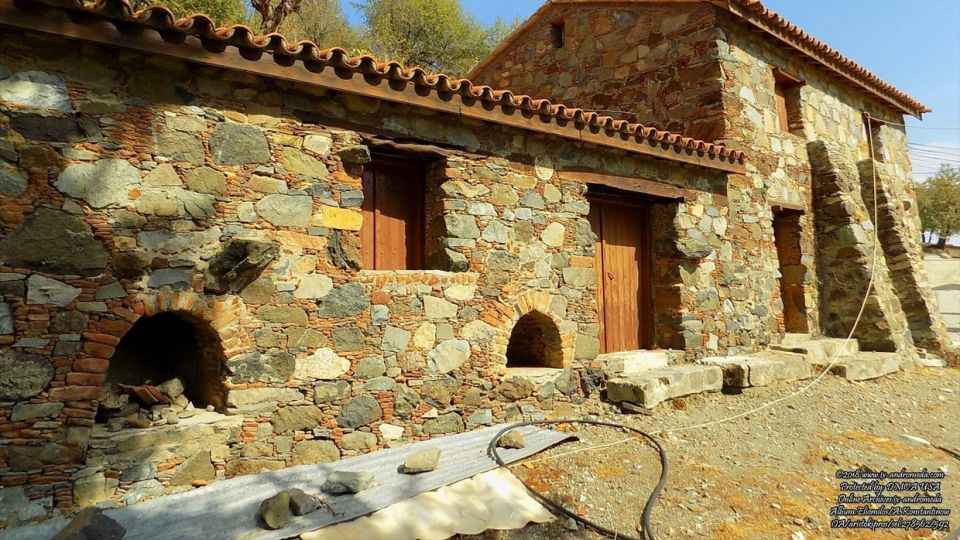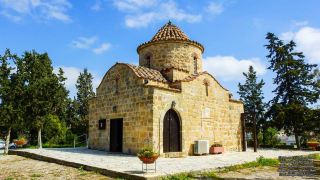The cultivation of olive trees in Cyprus, is lost in the depths of millennia. The Cypriot olive variety, combined with the most suitable for the growth and fruiting of the tree, weather conditions on the island, as well as the content of soil with the most necessary for this purpose minerals, gives producers large quantities of oil. To produce one kilo of oil you need about 3-4 kilos of olives.
On the island, up to the first half of the 20th century, there were around 4 million olive trees. This huge number of trees in comparison to its area, it is not at all irrelevant to the fact that the island disposed of and still disposes the most appropriate conditions that make the tree native. Of course at its original form it is at a "wild" state and the fruit contains an infinitesimal amount of oil. However, grafting changes this and the tree turns productive.
If you travel in mountainous and hilly areas of Cyprus, you will be able to see millions of "wild" trees that cover vast areas. The olive tree bears fruit up to 900 meters of altitude. It grows at a higher altitude but the process of fruit set is not done.
Another reason for the existence of so many olive trees on the island, were the English in the period they occupied it. There was an unwritten law by the occupying administration that said that any a wild tree vaccinated, no matter where it was, it then legally belonged to him and the English administration which issued property titles. As a result, thousands of trees belong to the alpha owner and the land that was planted belong to beta owner.
This caused conflicts between the owners. Long after the independence of Cyprus, the issue of property, was settled by a law which says that the owner of land can buy trees from their rightful owner, for the sum of 50 Cyprus Pounds each.
In the years that followed World War II, until 20 years after independence, the number of trees decreased dramatically. The appearance on the island of new varieties and the introduction of cheaper olive oil from third world countries, have made olive cultivation unprofitable and thus it was abandoned.
Massive eradication of the trees followed, firstly to produce charcoal and then for cheap fuel for fireplaces. Faced with the risk of total elimination of the olive tree, the government of the island declared it protected. Thus, cleavage or eradication becomes possible only after a relative license.
After 1990, after Cyprus was a step before entering to the European Union, after EU directive, the population was encouraged to plant new trees, by giving them generous areas of land. Of course until the trees reached productive age, the economic situation changed and promises remained promises.
Today on the island, there are about 3 million productive trees. The collection of the fruit from takes place from mid-October to January. The extraction of oil is done in ultra modern centrifugal mills.
By 1980, however, the export of oil was part of a ritual that took place in the old olive mill for several weeks after harvesting the fruit.
Huge round stones lying in the stone troughs were pushed by 3-4 strong men so that the olives were turned into pulp. The pulp was then placed it so-called baskets beneath a vise. Applying pressure to the vise, it pushed the baskets with the pulp from which juice was extracted. This juice was placed in a clay pot with water which was heated by lit wood. With this process the oil stood and rose to the surface of the water and dirt went down to the bottom. From there on special wooden containers carefully gathered oil and placed it in huge earthen jars.
An old olive mill of this type, exists in the village of Agios Constantinos in the Limassol district. It is a beautiful construction, such in terms of architecture and structure. It is stone built, with two cauldrons for the separation of oil, which reveals that the region had a great production of olives.
Let's hope that soon we will find the necessary funds to convert it into a museum. It is worth it.




